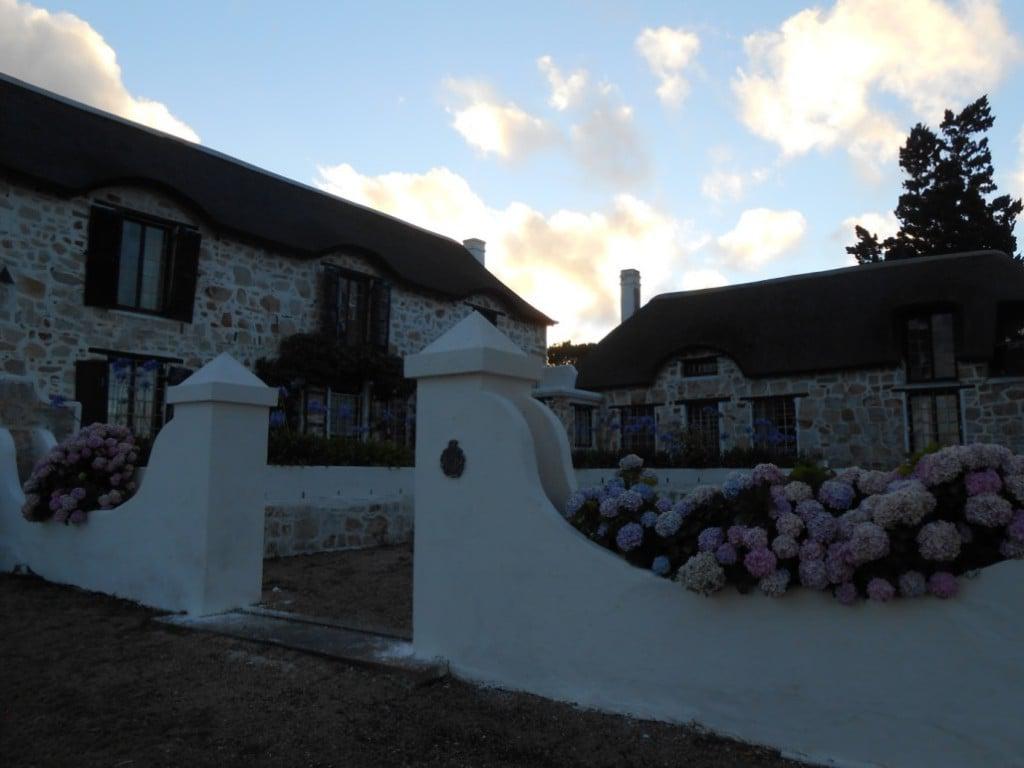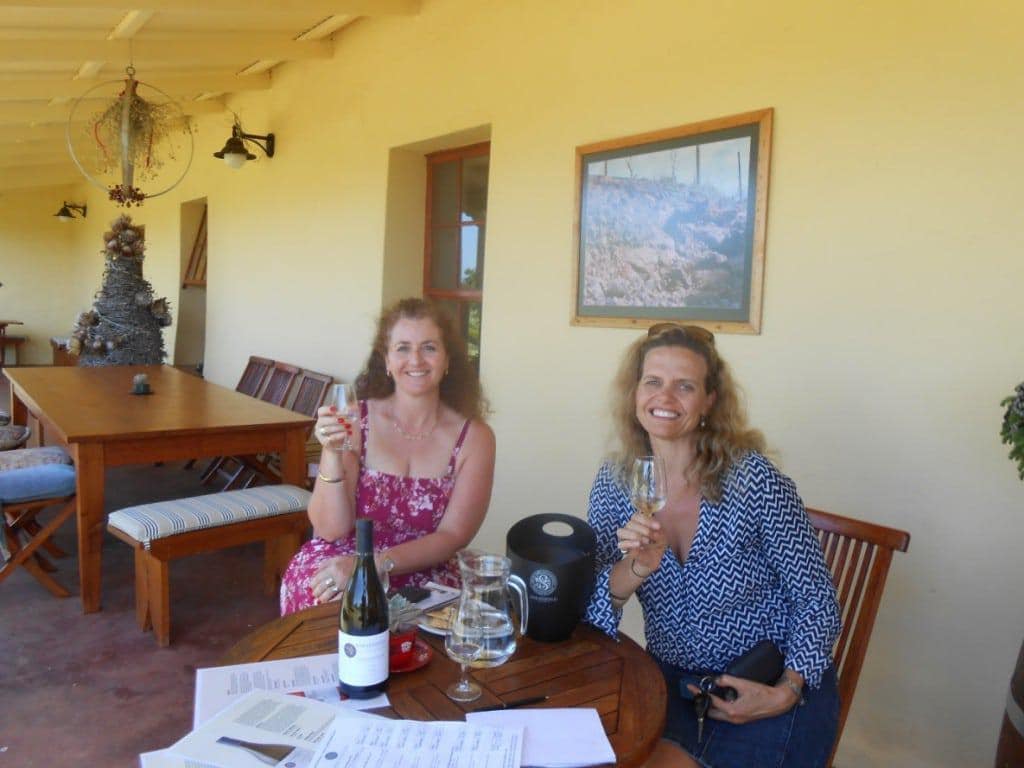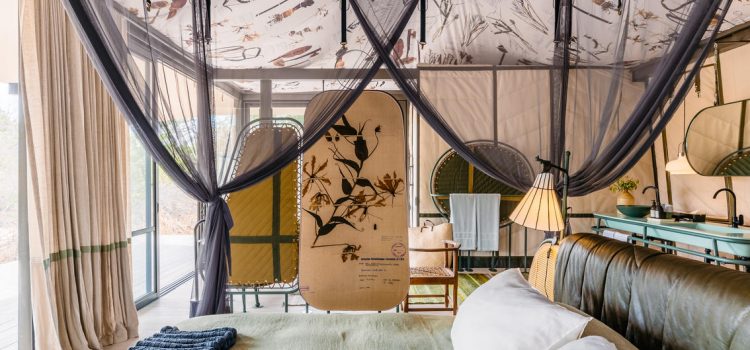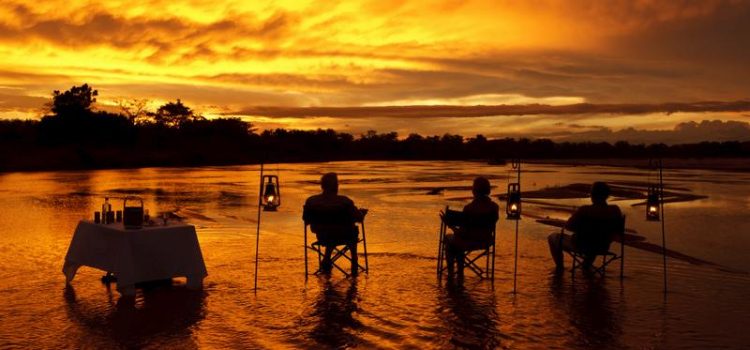Lately Jan van Riebeek, the first Governor of the Cape, has been getting a bad rap. However; on seeing the sea for the first time, a friend near Cape Agulhas uttered these words: ‘Van Riebeek must have been a brave man’. The coastline around the bottom of Africa at Cape Agulhas, 3 hours due South of Cape Town is littered with shipwrecks, in fact more than 140 wrecks lie in this watery grave. And indeed for those early seafarers the Agulhas coastline, named for the steep needle-like rocks – des aiguilles – needles in French – was indeed treacherous.

Believe it or not Cape Point near Cape Town is NOT the southernmost tip of Africa but rather the south-western most point. To stand at the actual tip where the Indian and Atlantic oceans meet is an altogether different sensation as one imagines the African continent stretching northwards to Egypt. Getting to Cape Agulhas remains for many a bucket list item but it is well worth the pleasant and easy drive. I admit that I am biased – having first started visiting this remote and magical part of South Africa almost 40 years ago.To make the most of the area you will need to spend a minimum of two day, preferably three.
Once through Elgin having stopped at one of the many farm stalls to stock up on fresh chicken pies and country loaves you go down Sir Lowry’s pass and enter the Overberg region, which literally means over the mountain,
Instead of continuing along the N2 and up the Garden Route, pass through the country town of Caledon- best known for its surprisingly nice Victorian hot springs, now a Casino. The next village along is the artist colony of Napier named after the British Governor to the Cape in the 1830’s.
Bredasdorp is the main town in the Overberg. Michiel van Breda was the first Mayor of Cape Town and father of the Merino sheep farming industry in South Africa. His descendants still farm in the area. The only Shipwreck Museum in the world is well worth a visit, followed by coffee at Bredasdorp Square next to the Information Centre

Carry on to Arniston named after the British ship wrecked 200 years ago in 1815, or Waenhuiskrans because of the large size of the cave – big enough to house a wagon. The Arniston Hotel is the perfect beach hotel overlooking the historic fishing village of Kassies Baai with its white walls and thatched roofs and the distinctive turquoise ocean.

After breakfast drive towards Struisbaai, the longest uninterrupted beach in South Africa for a swim in the warm Indian Ocean. Continue south along the rocky coastal path until you can’t go any further and you reach Cape Agulhas.
If you are feeling adventurous climb up the third oldest lighthouse in South Africa, modelled on the one at Alexandria in Egypt.

A seafood lunch is what is called for in this part of the world and there are plenty of fish and chip options. Otherwise enjoy a relaxed lunch at Pelicans Café known for their succulent calamari steak, which overlooks the fishing boats at the Struisbaai harbour.

In the afternoon drive into the Agulhas National Park – a veritable floral kingdom and birdwatcher’s paradise.

By appointment visit Springfield Farm, for tea and traditional farm hospitality. Springfield is a national monument, parts of the house date back to 1794. Once owned by Lord de Saumurez, it is one of the most southern farms in Africa and was the setting for well-known South African author Dalene Matthee’s book, Driftwood. (Booking required).
Should you so wish, continue 8 kms from Springfield Farm, down a gravel road to Brandfontein Beach for a memorable walk or swim in the Atlantic Ocean. You may even spot a whale!

If you have an extra day before heading back to town, get ready to taste highly-rated wines from the southernmost wineries in Africa starting at Strandveld wines and then enjoy an organic lunch on the Elim Wine Route – at Black Oystercatcher Wines, named for the endangered local bird.

Once you have visited this unique part of the world nestled between two oceans at the tip of Africa where time slows down, you won’t want to leave.



